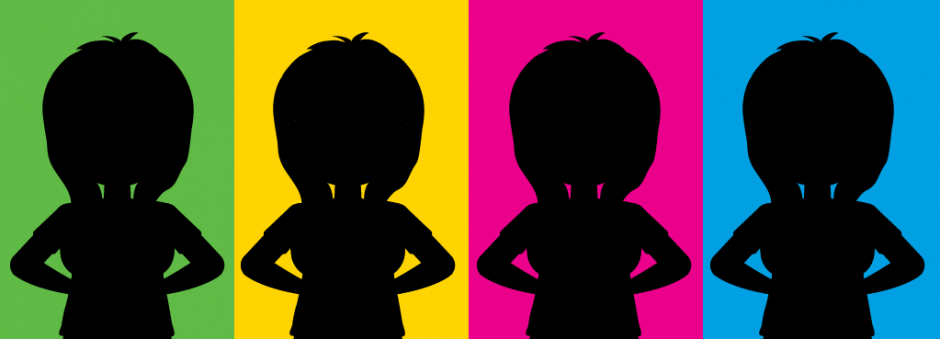Below is the transcription of my story.
About me_otter.ai
I hope I did not bore you with my story. I have not told a story for such a long time. I spent a lot of time thinking of which story I should be telling. I decided to tell a story about myself. There was not an actual script, I ‘told’ it as it came to me (in my head). I found my self with a lot of “hmmmm” and “emm” while telling my own life story. Maybe I am not the best storyteller.
The app that I chose to use is called OTTER. This was my first time using a transcribing app. Even if I had a script to read from it, I am not sure how much better it would be. It would have been more articulate and faster as I read through the script. While recording the story I was afraid that if I spoke too fast, the app might not correctly transcribe what I was saying.
While telling the story, every pause (long or short) that was made it was interpreted as a different speaker portraying it as a dialogue. However, while exploring the app there was an additional feature “show as monologue”. Maybe I should have set it up with that function in order to avoid this issue.
One of the common mistakes was that “to” was being transcribed into “two”. Words with similar sounds were misinterpreted. Some words were omitted while others were split into two words. For example the word Argentina was transcribed as “engine Tina”, which does not make sense. Those mistakes were “understandable”, but the biggest mistake was “catch up in regards to graphic design” that was transcribed to “capture and record graphic design”. Overall I believe that the transcription is almost the same as how it was told. Even if someone read the transcription they would understand 90% of it, and maybe decipher the “mistakes” by common sense.
I believe that oral storytelling adds a unique touch while transmitting the information. Through the sounds, intonation and even the storyteller’s voice, the audience can perceive the spirit and mood of the story. Although the written storytelling can try to mimic that though additional descriptions, it is not the same. As stated by Ong (2002), the oral tradition can not be easily and accurately be recreated. Even if recreated, it would not be the same as the ‘original’ version. It would be ‘lost in transcription’.
This concept of information transmission makes me reflect on how communication has changed over the years. Human civilization started with oral transmission, then it became written (hand carved or hand written) transmission, then printed, now digital. The tools and mediums are different, but does it convey the same meaning? Back in the days we would send out hand written greeting cards or even letters, now these days is just a click away. Or instead of calling someone, we would just send them a text. The message is almost the same, but the expression is not present. I feel that technology has facilitated our way of communication, but through this process we have lost bits of the original message.
This task was about oral to text. While doing completing the task I have thought of text to voice. There are several apps in the market that can turn the text into audio files, the app can even ‘read it to you’. Would there be an era that man will go back to “oral tradition”? Humans are lazy, as long as the technology can help us completing the task, why not? Would there be a time where we are even too lazy to read text and have the app play it for us to listen? Gnanadesikan (2011) mentioned the example of courtroom stenography, stating that reading was not the same as read listening to a recording because intonation and emotional content is lost. However, what about reading apps, listening to computer assisted reading, would that mean that there is an additional loss of information? Computer assisted reading is not the same as traditional oral transmission. The more we advance in communication technology, the more eroded the “original message” becomes.
Gnanadesikan, A. E. (2011).“The First IT Revolution.” In The writing revolution: Cuneiform to the internet (Vol. 25). John Wiley & Sons.
Ong, Walter, J. Taylor & Francis eBooks – CRKN, & CRKN MiL Collection. (2002). Orality and literacy: The technologizing of the word. New York; London: Routledge.
